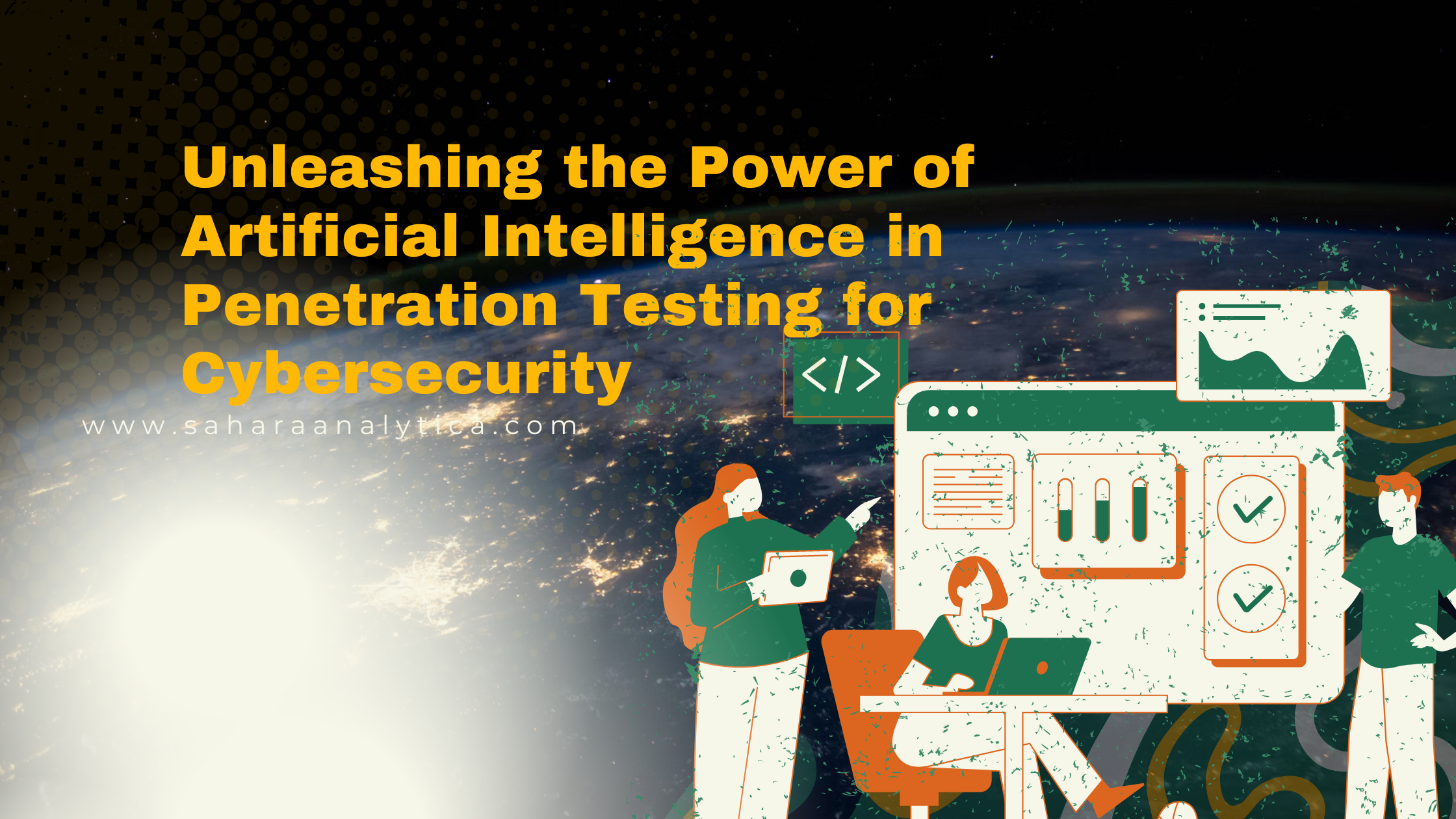In the ever-evolving landscape of cybersecurity, organizations face a relentless onslaught of threats from malicious actors seeking to exploit vulnerabilities and infiltrate their networks. As the stakes continue to rise, the traditional methods of cybersecurity defense are no longer sufficient to combat sophisticated attacks. In this era of rapid technological advancement, the integration of artificial intelligence (AI) has emerged as a game-changer, revolutionizing the field of penetration testing and bolstering organizations’ defenses against cyber threats. In this blog post, we’ll explore how AI can be harnessed in penetration testing to enhance security posture, identify vulnerabilities, and fortify defenses in the digital age.
1. Automated Vulnerability Discovery: Traditionally, penetration testing involved manual assessments by cybersecurity professionals to identify vulnerabilities in systems, networks, and applications. However, with the advent of AI-powered penetration testing tools, organizations can now automate the process of vulnerability discovery with unprecedented speed and accuracy. AI algorithms can analyze vast amounts of data, simulate attack scenarios, and identify potential vulnerabilities across complex IT infrastructures, enabling organizations to proactively address security weaknesses before they can be exploited by attackers.
2. Intelligent Attack Simulation: AI-driven penetration testing tools go beyond traditional vulnerability scanners by simulating sophisticated attack scenarios that mimic real-world threats. By leveraging machine learning algorithms and advanced heuristics, these tools can intelligently emulate the tactics, techniques, and procedures (TTPs) used by cybercriminals to infiltrate networks and compromise systems. This enables organizations to assess their security defenses against a wide range of potential threats and prioritize remediation efforts based on the likelihood and impact of exploitation.
3. Adaptive Threat Detection: In addition to identifying vulnerabilities, AI-powered penetration testing tools can also play a crucial role in adaptive threat detection and response. By continuously monitoring network traffic, system logs, and user behavior patterns, AI algorithms can detect anomalous activities indicative of potential security breaches or intrusions. These tools can analyze vast amounts of data in real-time, identify emerging threats, and alert security teams to take immediate action to mitigate risks and prevent further damage.
4. Predictive Risk Assessment: AI-driven penetration testing tools can provide organizations with predictive risk assessment capabilities, enabling them to anticipate and mitigate potential security risks before they materialize. By analyzing historical data, threat intelligence feeds, and environmental factors, AI algorithms can forecast the likelihood and impact of future cyber attacks, helping organizations allocate resources effectively and prioritize security investments to address the most critical vulnerabilities and threats.
5. Continuous Security Improvement: AI-powered penetration testing facilitates a shift from reactive to proactive cybersecurity strategies by enabling organizations to continuously assess, adapt, and improve their security posture over time. By integrating AI-driven insights into their cybersecurity workflows, organizations can iteratively refine their defense mechanisms, enhance threat detection capabilities, and stay one step ahead of cyber adversaries in an ever-evolving threat landscape.
Conclusion: In conclusion, the integration of artificial intelligence into penetration testing represents a significant paradigm shift in cybersecurity, empowering organizations to bolster their defenses, identify vulnerabilities, and mitigate risks more effectively than ever before. By harnessing the power of AI-driven penetration testing tools, organizations can automate vulnerability discovery, simulate sophisticated attack scenarios, detect emerging threats, and continuously improve their security posture in the face of evolving cyber threats. As the cybersecurity landscape continues to evolve, AI will undoubtedly play an increasingly pivotal role in safeguarding organizations’ digital assets and preserving trust in the digital economy.
